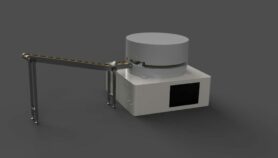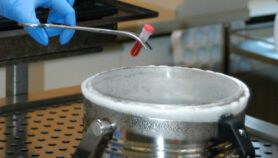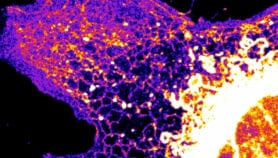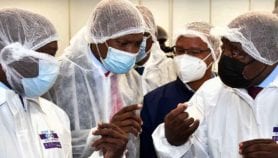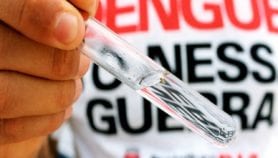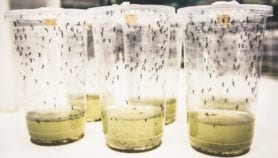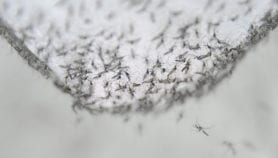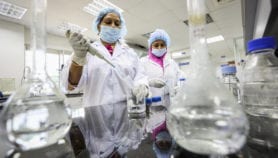By: Naomi Martin
Send to a friend
The details you provide on this page will not be used to send unsolicited email, and will not be sold to a 3rd party. See privacy policy.
Soaring demand for the antimalarial drug artemisinin could be satisfied with some promising new technologies unveiled by researchers last week (19 November).
Artemisinin, given in combination with other drugs, is the most effective malaria treatment today. Demand for artemisinin combination therapies (ACTs) is set to double from its 2006 level of 100 million doses within just four years.
But the malaria community has been struggling to find ways to increase artemisinin supplies — partly because of a shortage of the raw material, Artemisia annua, the wormwood plant.
A trio of new technologies could achieve a boost in supplies, according to a report launched at a meeting of the All Party Parliamentary Group for Malaria in London, United Kingdom. The report is based on the proceedings of the 2008 Artemisinin Enterprise Conference held in York, United Kingdom, last month (October).
One team has accelerated selective breeding of the wormwood plant. Dianna Bowles of the Centre for Novel Agricultural Products at the UK-based University of York, said that A. annua "is not a robust crop", particularly in certain geographic locations. Additionally, the yield from the plant is low, leading to high production costs.
Using fast-track molecular breeding technologies her team has analysed 25,000 individual plants, identifying more than 200 with particularly high yields. By 2011 they hope to have doubled the artemisinin concentration in a plant by creating hybrid varieties.
A second development is a partly synthetic version of artemisinin. Scientists from the Institute for One World Health (iOWH) have engineered yeast to produce large amounts of artemisinic acid from which they can synthesise artemisinin.
"Our goal is to create a stable, second source of artemisinin to supplement, not replace, existing natural sources," said Philippe Desjeux, senior programme officer of disease control at iOWH, adding that the semi-synthetic artemisinin will be more affordable, helping to reduce the cost of ACTs.
Thirdly, artificial drugs that are similar to artemisinin have been shown to cure malaria in mice in just one dose — a better result than artemisinin itself has achieved.
The part of the artificial drug that detects the malaria parasite, the peroxide group, is "longer-living, more stable and affordable", than in artemisinin, said Ian Bathurst, whose team has been developing the drugs at the Medicines for Malaria Venture in Geneva, Switzerland.
One compound, OZ439, has shown promise and phase I clinical trials will begin in early 2009.
Separately, researchers writing in PLoS Medicine last week (17 November) have called for new methods to assess potential antimalarials during clinical development. They say that current clinical trials do not assess important outcomes such as a drug’s ability to prevent reinfection, and that the primary outcome should be survival rather than cure of a malaria episode.
References
PLoS Medicine doi 10.1371/journal.pmed.0050227 (2008)


